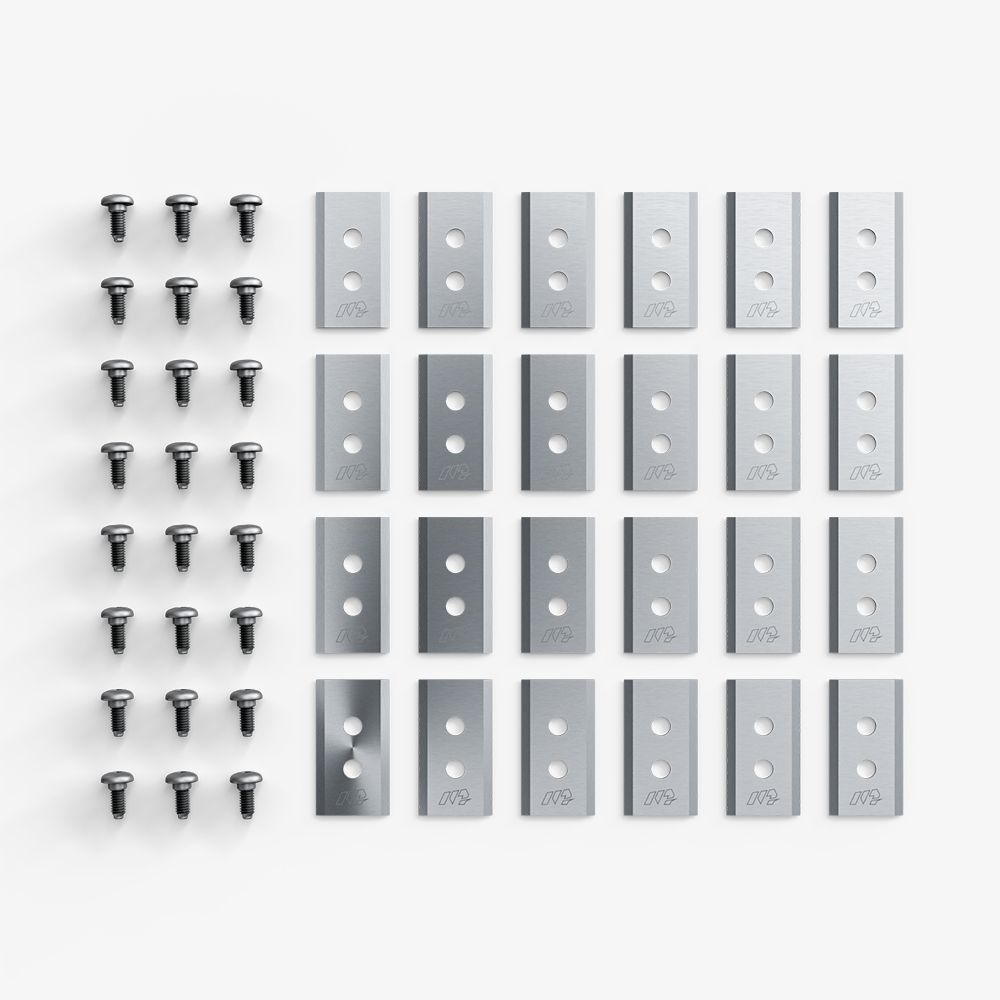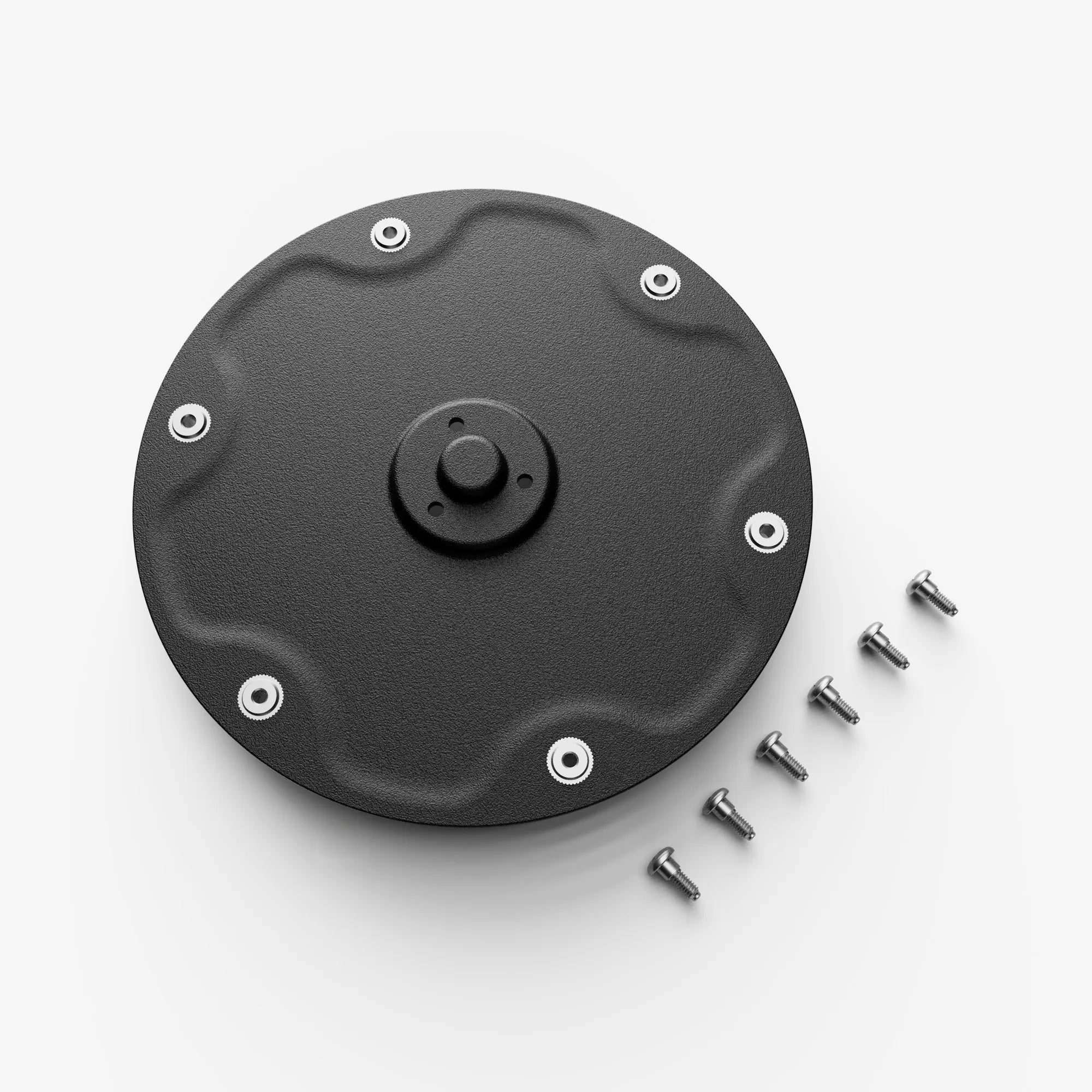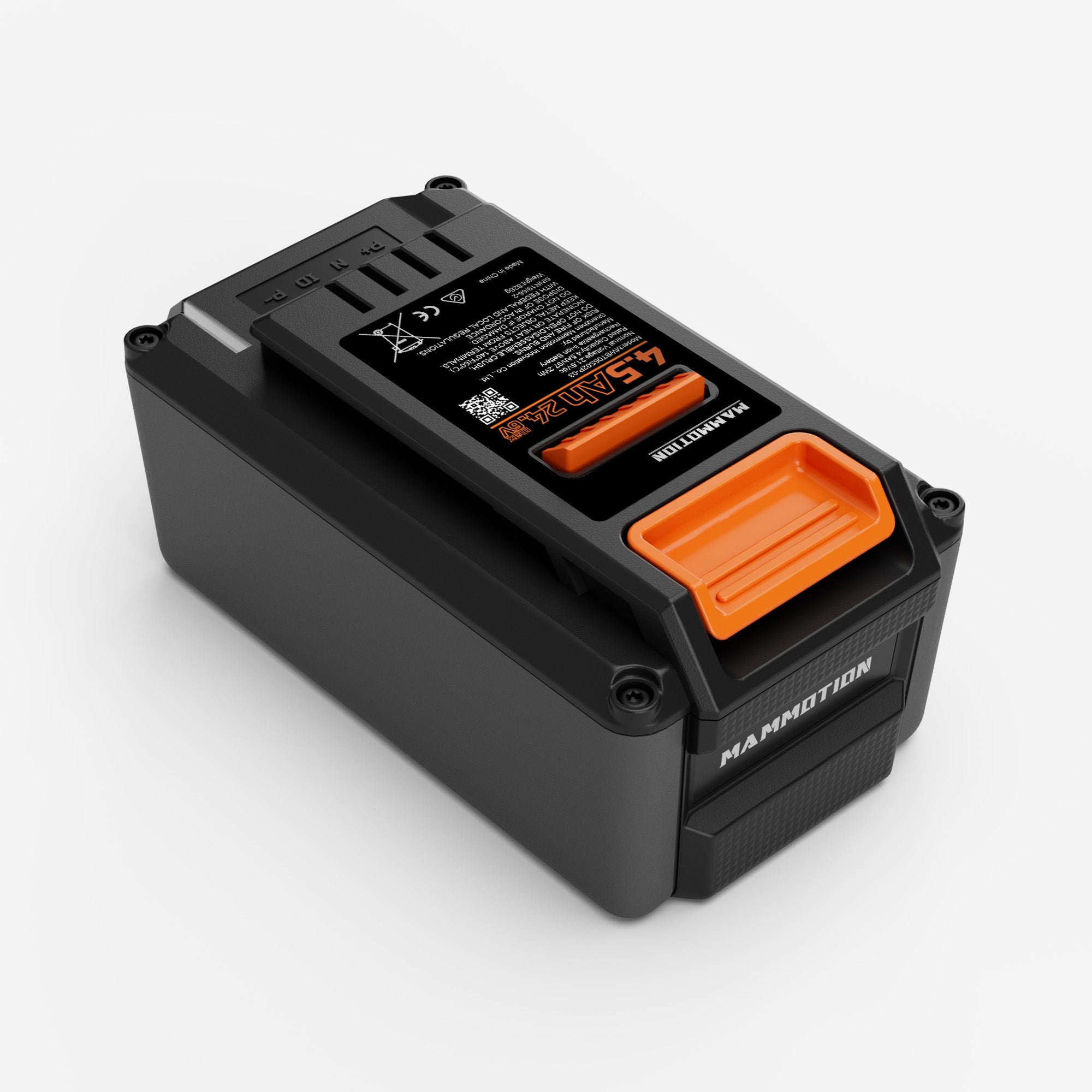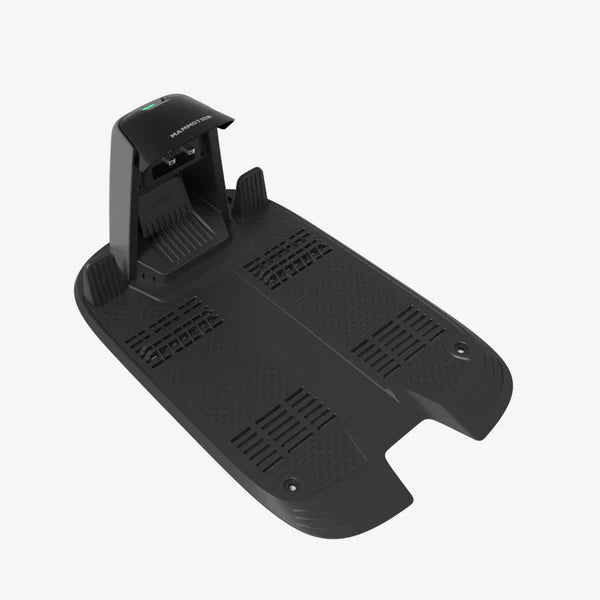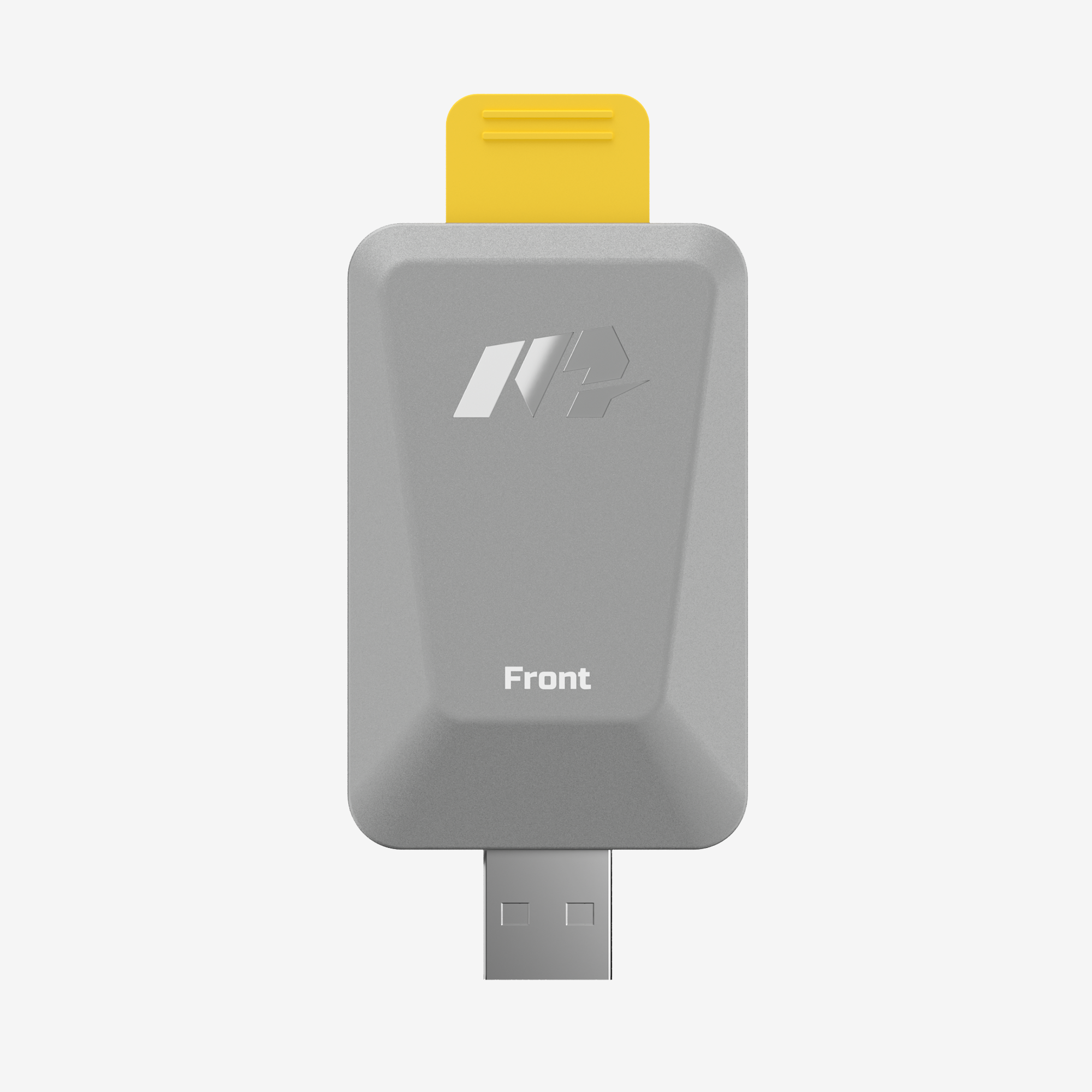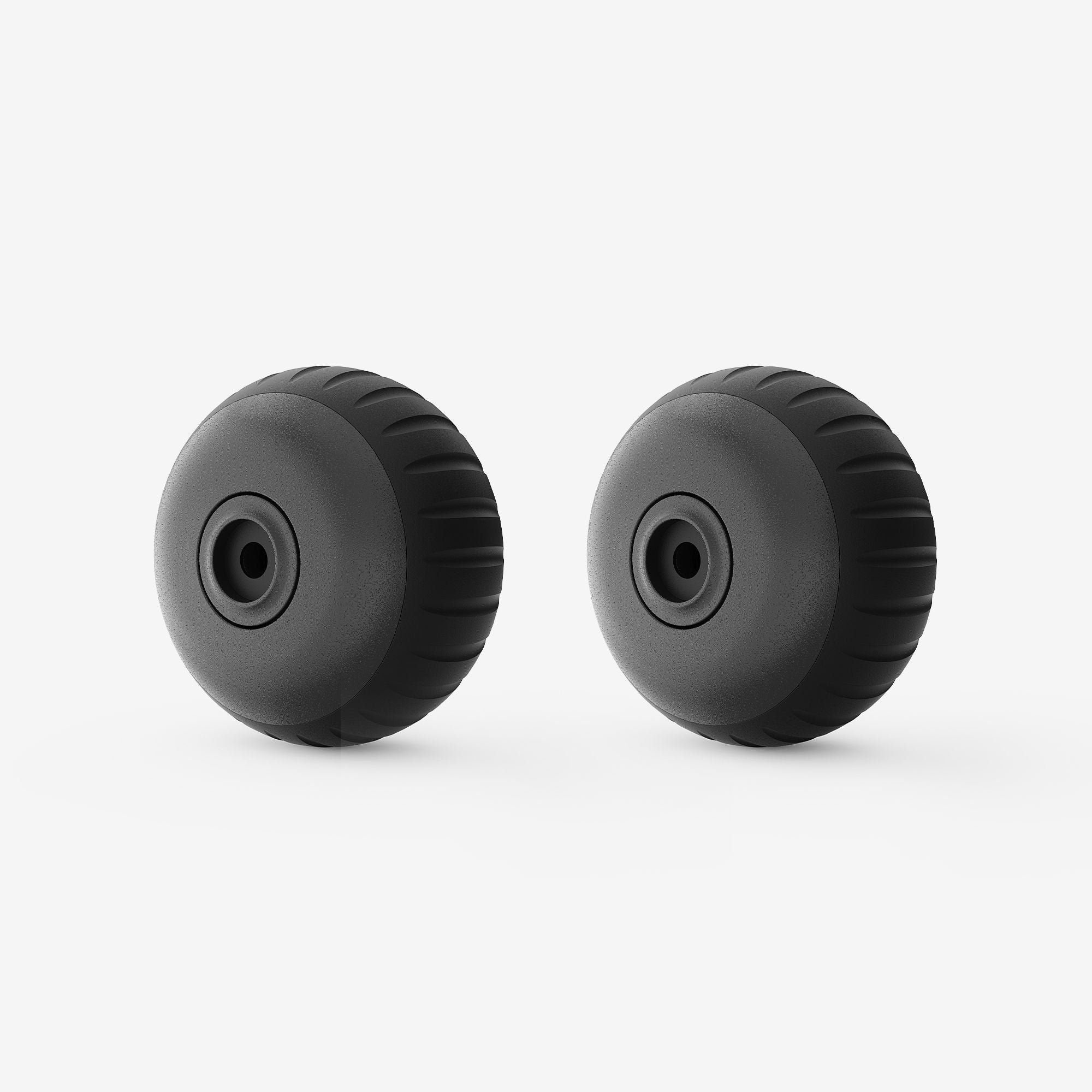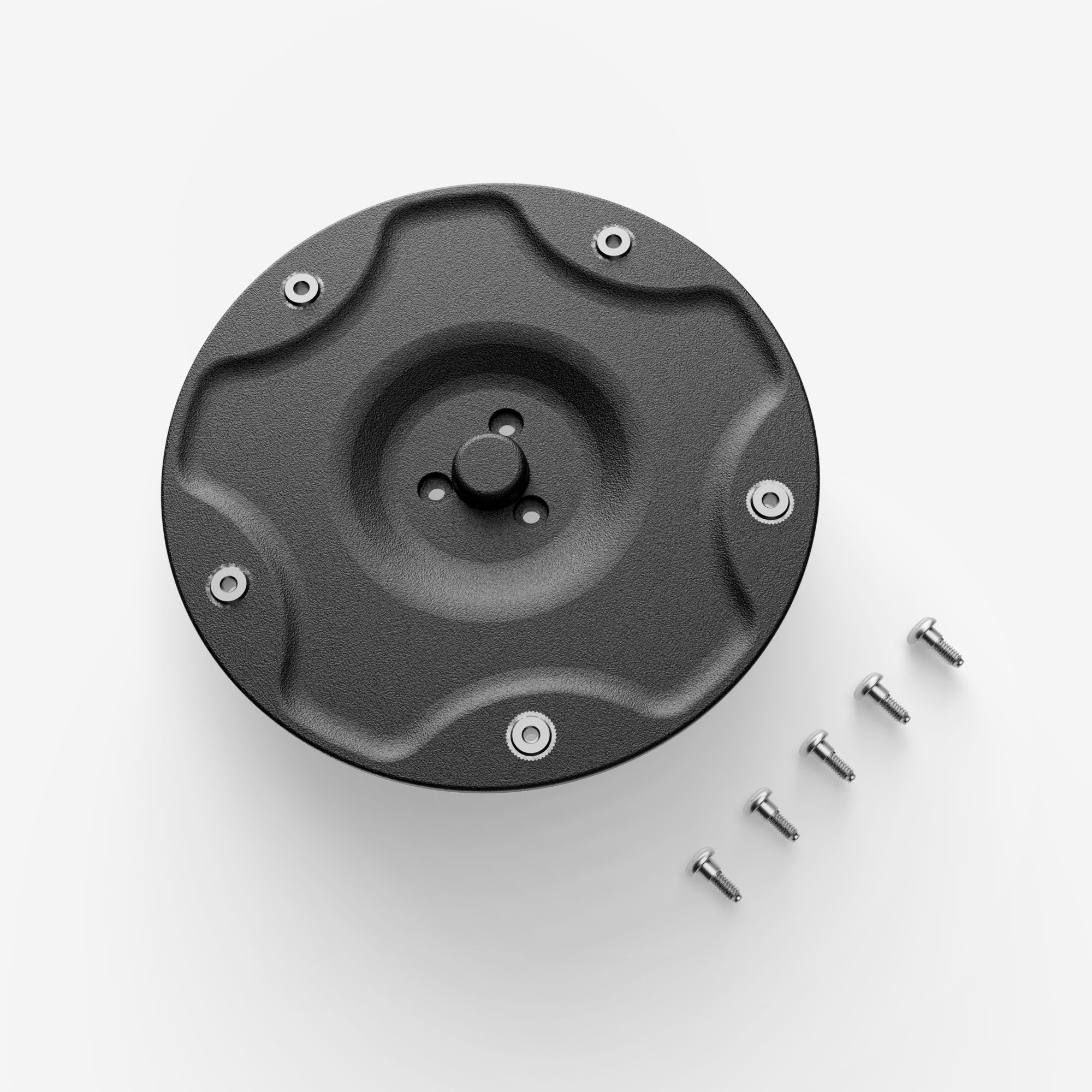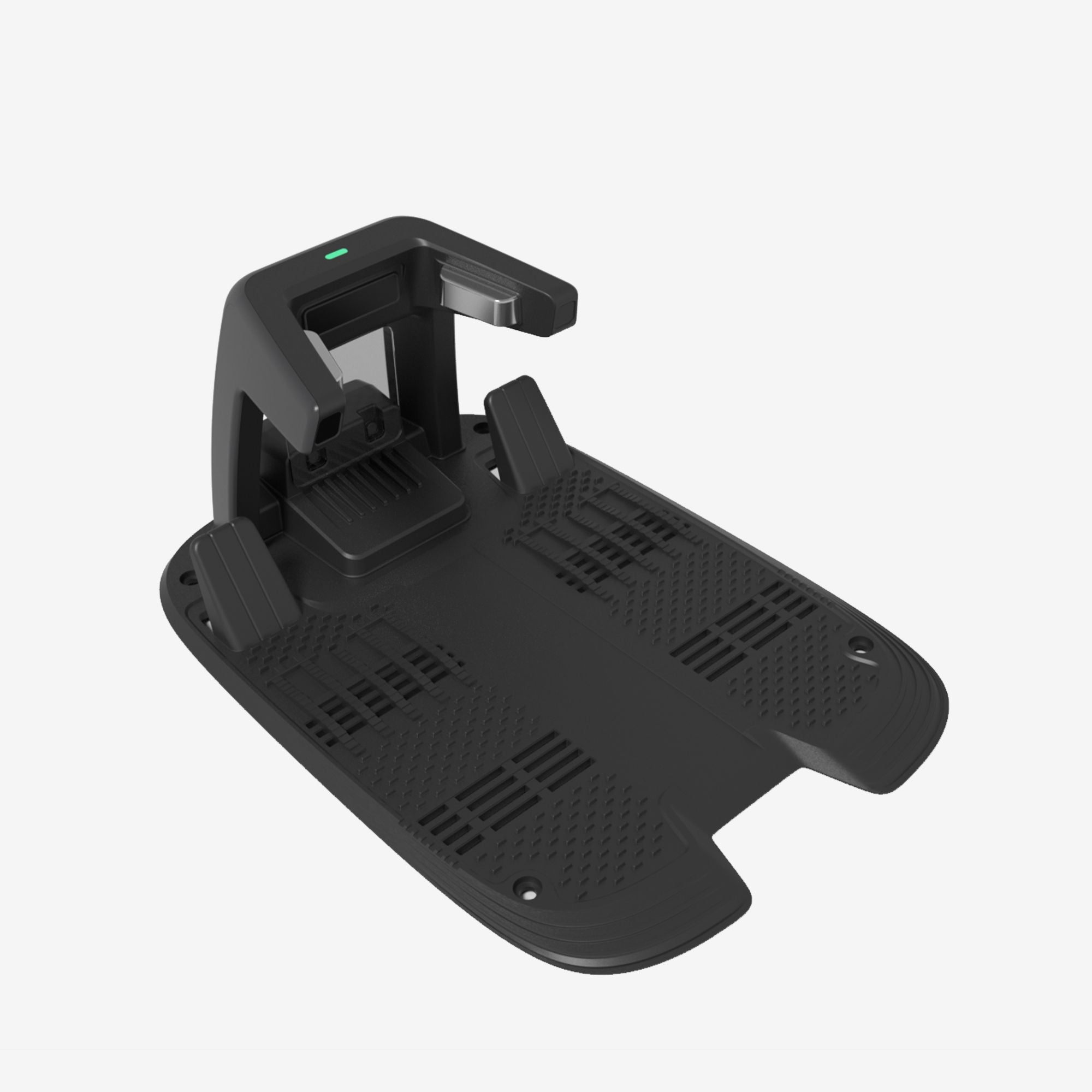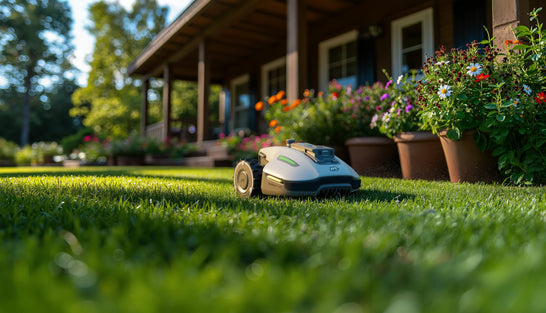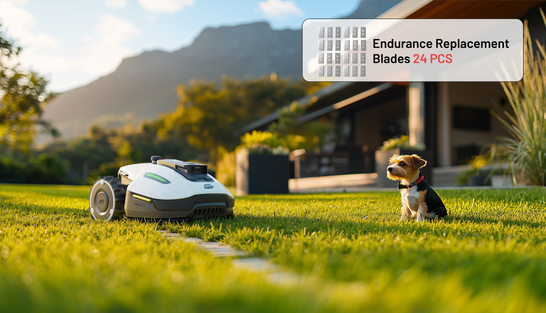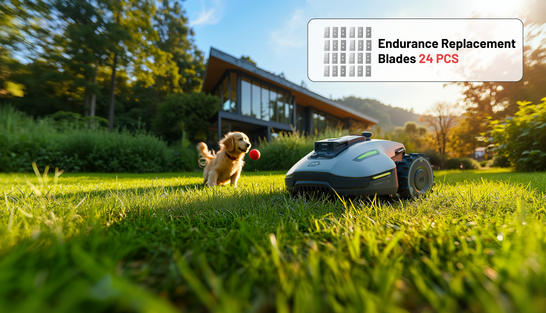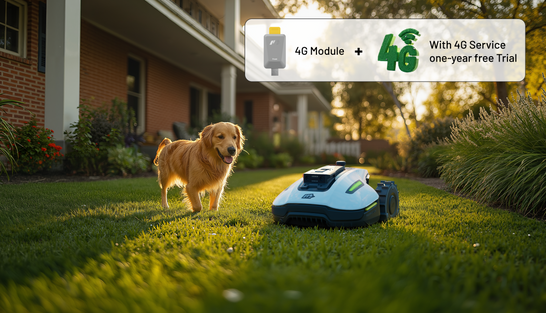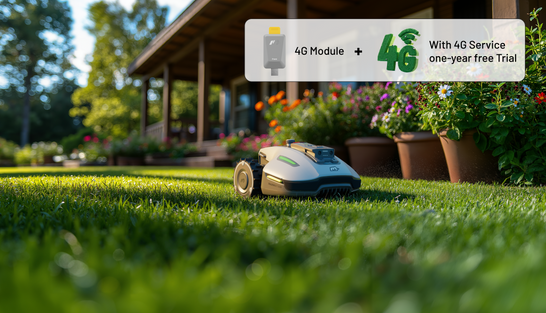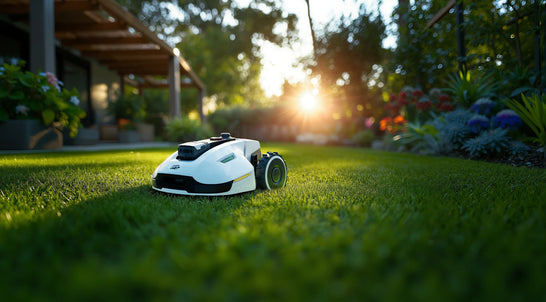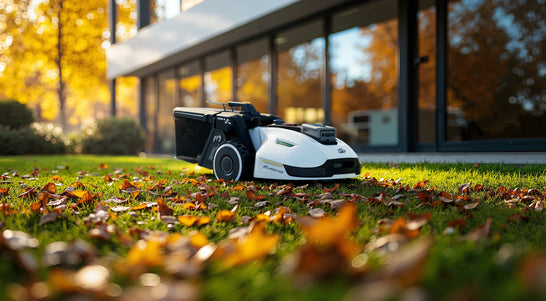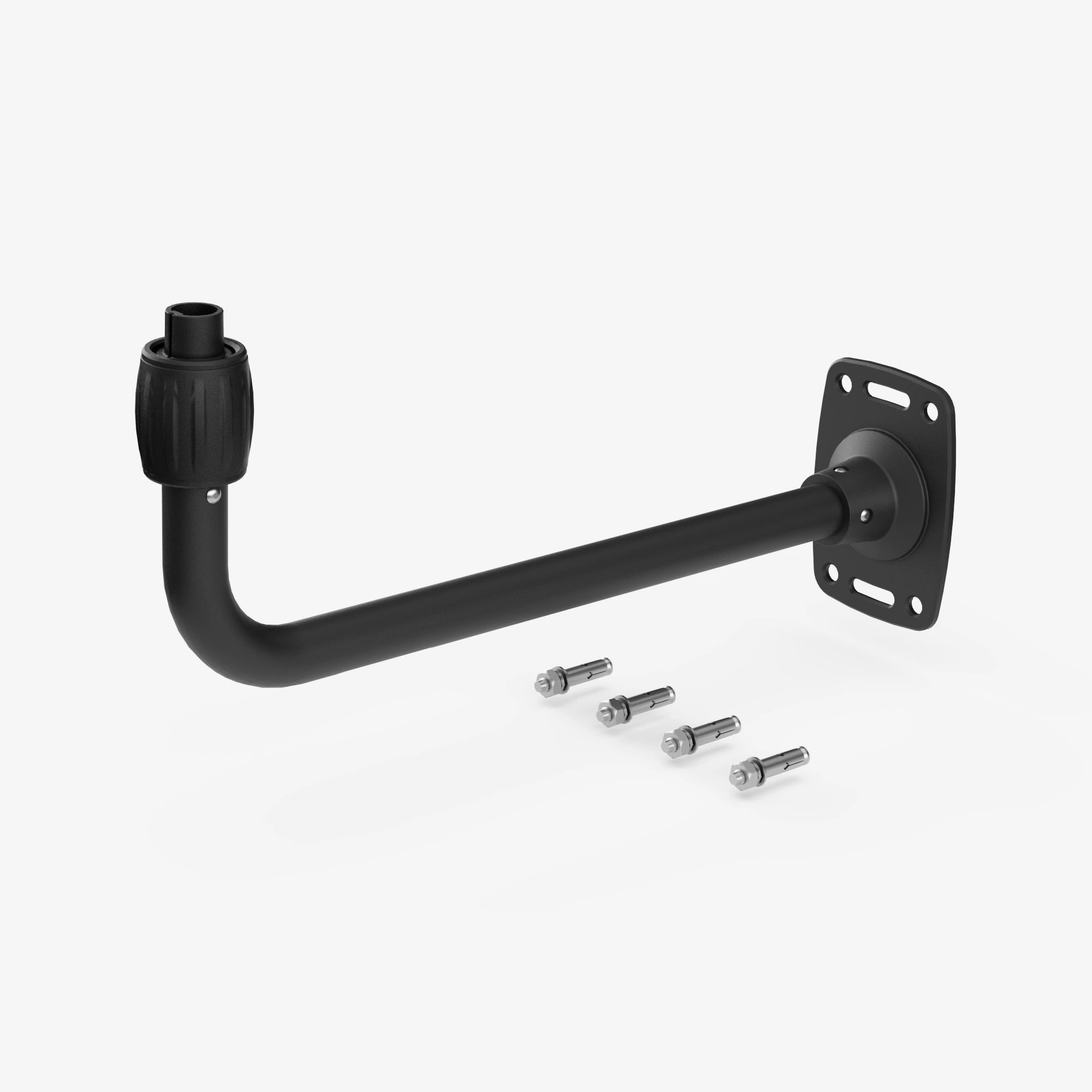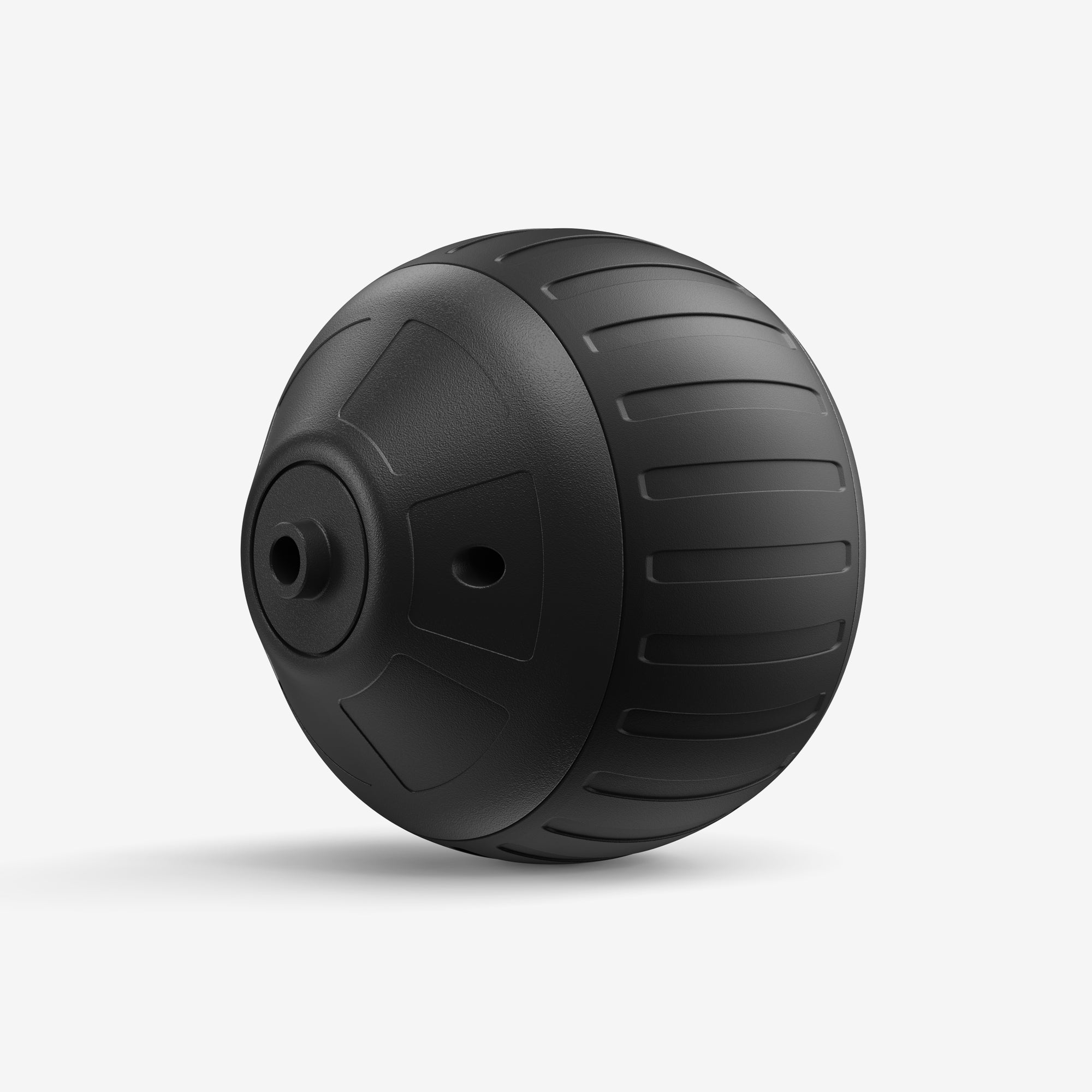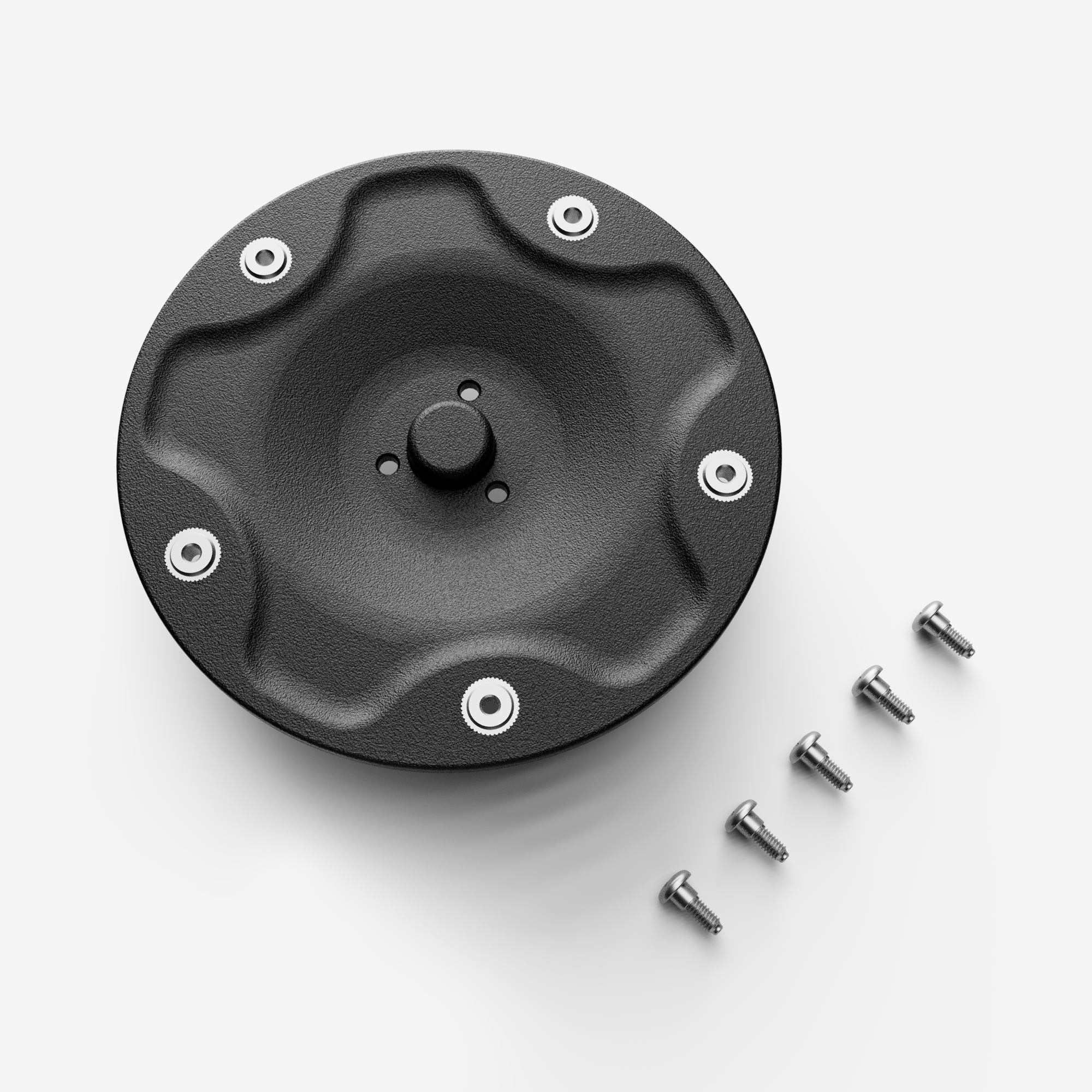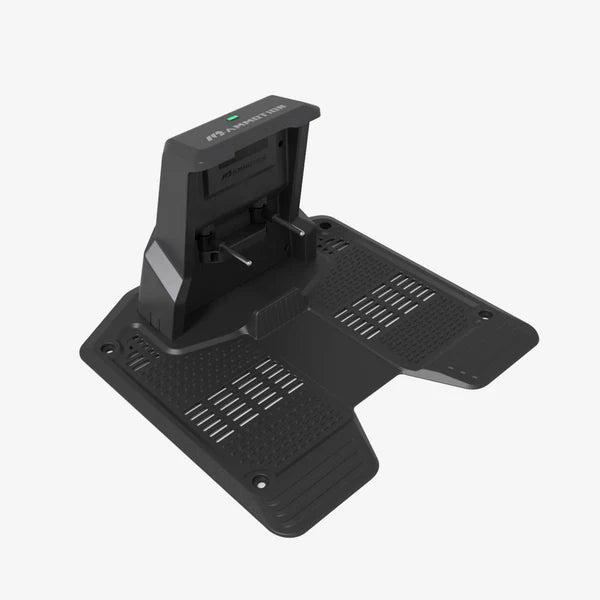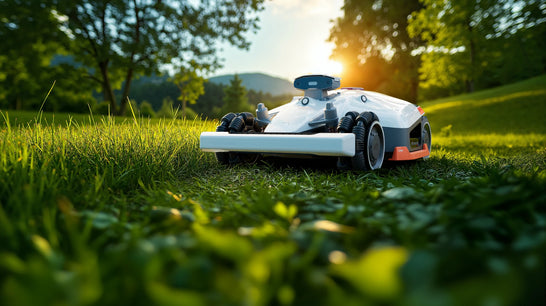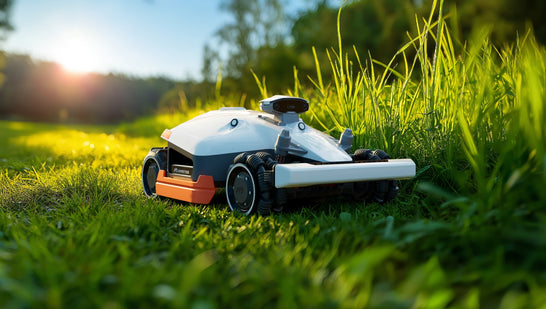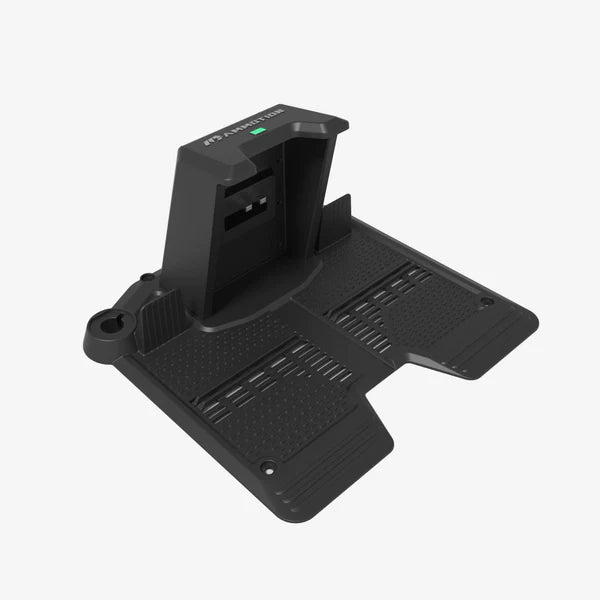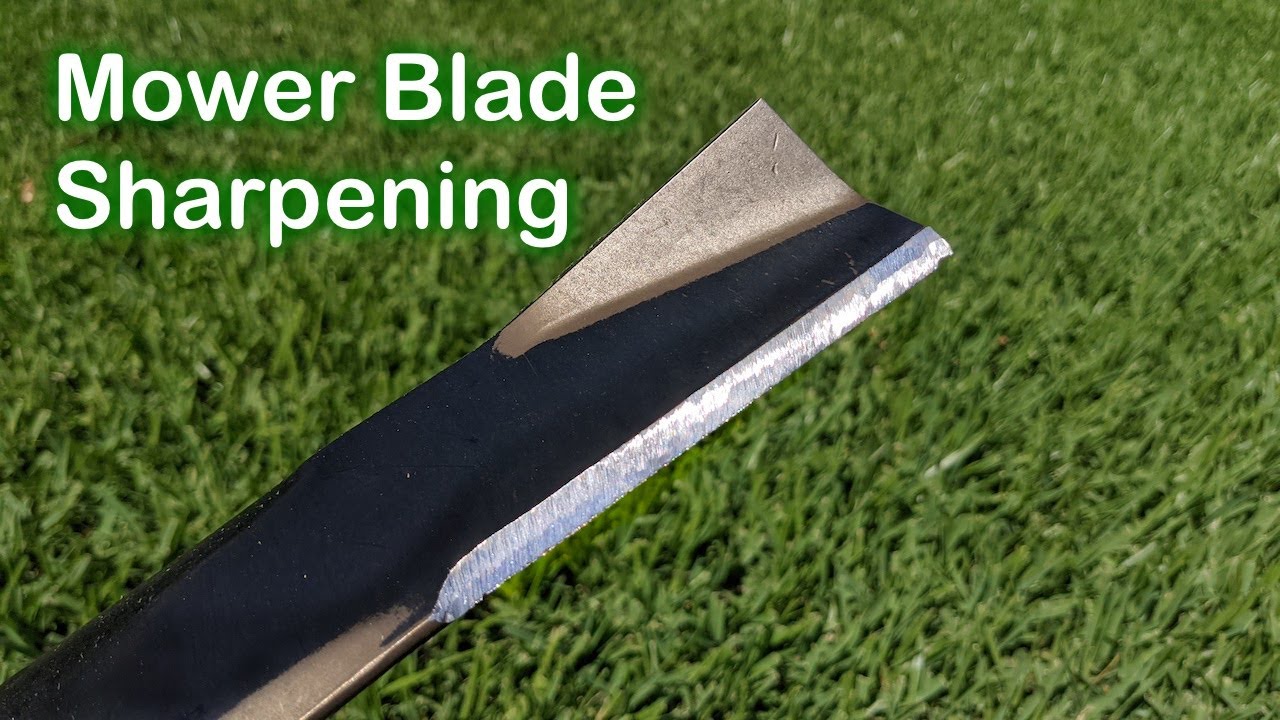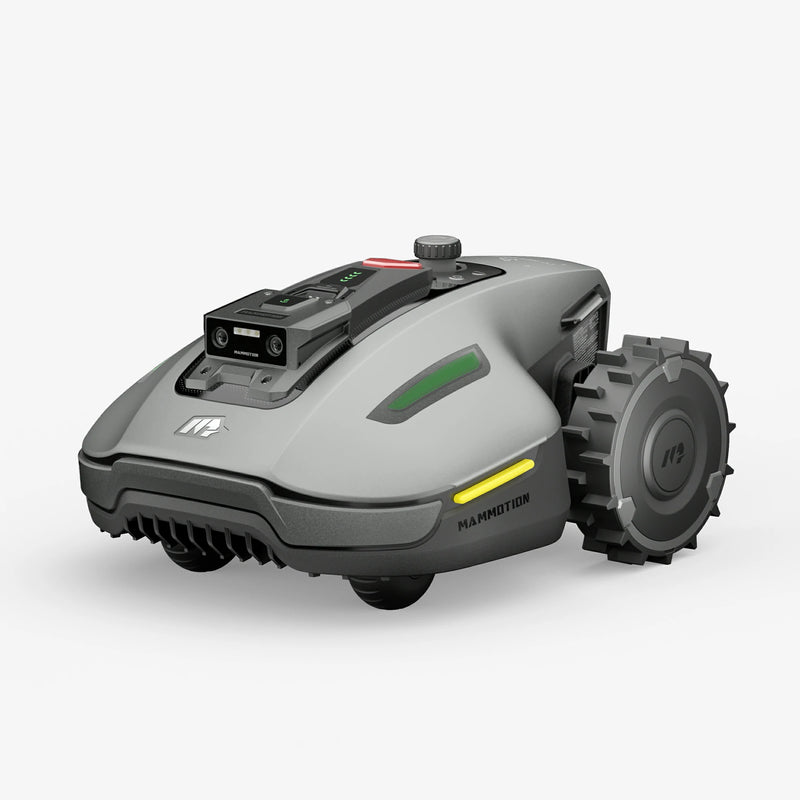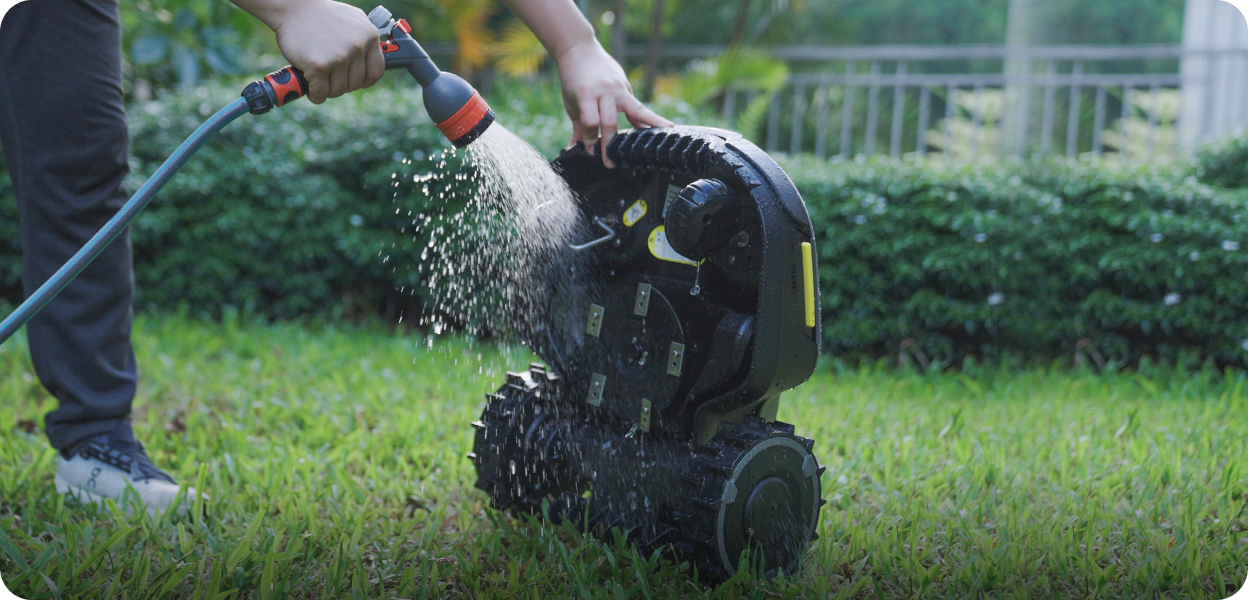A sharp lawn mower blade is essential for a healthy, evenly cut lawn. Dull blades can tear grass instead of cutting it cleanly, leaving your yard vulnerable to disease and brown patches. If you’re wondering how to sharpen a lawn mower blade safely and effectively, you’ve come to the right place.
In this guide, we’ll cover everything from the tools you’ll need, to step-by-step sharpening instructions, safety tips, and maintenance advice to keep your mower performing at its best. Whether you’re a DIY enthusiast or a first-time mower owner, following these instructions will save you time, money, and frustration.
Why You Need to Sharpen Your Lawn Mower Blade?
Sharpening your lawn mower blade isn’t just about aesthetics—it directly affects the health of your lawn and the lifespan of your mower.
Signs Your Blade Needs Sharpening
- Ragged or uneven cuts on grass
- Torn grass blades instead of clean slices
- Excessive vibration during mowing
- Visible nicks, chips, or dull edges on the blade
How Often to Sharpen Lawn Mower Blades
Most experts recommend sharpening your mower blades:
- Every 20–25 hours of mowing
- At least once per season, even if the blade looks fine
Regular sharpening ensures your mower cuts efficiently, reduces strain on the engine, and keeps your lawn looking neat and healthy.
Safety Check Before You Sharpen Mower Blades
Before you touch a single blade, safety should be your top priority. Lawn mower blades are sharp and can cause serious injury if handled improperly.
Safety Checklist:
1. Disconnect the power source:
- For gas mowers, remove the spark plug.
- For electric mowers, remove or disconnect the battery.
2. Wear protective gear:
- Safety gloves and glasses are essential.
- Closed-toe shoes protect your feet from accidental drops.
3. Work in a clean, well-lit area:
- Avoid clutter and make sure your work surface is stable.
4. Handle blades carefully:
- Always hold the blade by the dull edge.
- Mark the blade orientation before removal to ensure correct reinstallation.
Following these precautions will minimize risk and make the sharpening process smoother and safer.
Tools You'll Need for Sharpening Lawn Mower Blades
Before you start sharpening, gather all the necessary tools to make the process safe and efficient. Having the right tools also ensures consistent results when learning how to sharpen a lawn mower blade.
Essential Tools
- Metal file or sharpening stone – Ideal for a DIY approach, simple and safe.
- Bench grinder or angle grinder – For faster sharpening, but requires caution.
- Drill-mounted sharpening attachment – Useful if you already have a power drill.
- Wrench or socket set – To remove and reinstall the mower blade.
- Clamp or vise – Holds the blade securely while sharpening.
- Blade balancer – Ensures the blade spins evenly after sharpening.
- Protective gear – Gloves, safety glasses, and closed-toe shoes for safety.
Optional Tools
- Wire brush or scraper – To clean debris from the blade before sharpening.
- Chalk or tape – To mark blade orientation for correct reinstallation.
Pro Tip: Organize all your tools on a workbench or flat surface before starting. This keeps the sharpening process smooth and prevents accidents.
Step-by-Step Sharpening Lawn Mower Blades Guide
Knowing how do you sharpen a lawn mower blade correctly is essential for safety, mower performance, and a healthy lawn. Follow these step-by-step instructions to sharpen your blade efficiently.
Step 1: Remove the Blade
- Disconnect the mower’s power source. Remove the spark plug for gas mowers or the battery for electric models.
- Tilt the mower safely onto its side, with the carburetor and fuel tank facing up for gas mowers to prevent leaks.
- Mark the blade orientation with chalk or tape so you know which side faces up.
- Use a wrench or socket to loosen and remove the blade from the mower. Keep track of the bolt and washers. (Details about how to remove the blade)
Pro Tip: Blades are heavy and sharp—always wear gloves while handling.
Step 2: Clean the Blade
- Remove grass, dirt, and debris using a wire brush or a damp cloth.
- Inspect the blade for cracks, bends, or deep nicks. If you find any, replace the blade instead of sharpening.
Why this matters: Cleaning ensures a smooth sharpening process and allows you to check for damage that could compromise safety.
Step 3: Sharpen the Blade
There are three common methods to sharpen a mower blade. Choose the one that suits your tools and comfort level.
1. Using a Metal File:
- Secure the blade in a clamp or vise.
- File the cutting edge at the existing bevel angle (usually 30–45°).
- Use smooth, consistent strokes, maintaining the original angle.
2. Using a Bench Grinder or Angle Grinder:
- Hold the blade firmly, and lightly pass the edge against the spinning wheel.
- Move steadily to avoid overheating the metal, which can weaken the blade.
3. Using a Drill-Mounted Sharpening Stone:
- Attach the stone to a drill and rotate the blade against it, following the same bevel angle.
Tip: Sharpen both sides equally to keep the blade balanced and effective.
Step 4: Balance the Blade
- After sharpening, place the blade on a blade balancer or a nail in a horizontal position.
- If one side dips, remove a small amount of metal from that side until the blade balances evenly.
- Balanced blades reduce vibration and protect your mower’s motor. (Details about how to balance the blade)
Step 5: Reinstall the Blade
- Align the blade in the original orientation.
- Reattach washers and bolts, tightening to the manufacturer’s torque specifications.
- Reconnect the spark plug or battery.
- Double-check that the blade spins freely without wobbling.
Following these steps ensures your blades are sharp, balanced, and safe to use. Regular sharpening not only improves lawn health but also extends your mower’s lifespan. Now that you know how to sharpen a lawn mower blade, you can enjoy clean, efficient cuts all season long.
Maintenance and Replacement Tips for Mower Blades
Sharpening your mower blade is only part of keeping your lawn mower performing at its best. Regular maintenance and knowing when to replace blades are equally important.
Maintenance Tips for Mower Blades:
- Clean the blade and deck regularly – Dirt and grass buildup can reduce efficiency and cause rust.
- Inspect blades after each mowing session – Look for nicks, bends, or cracks.
- Sharpen blades at least once per season – Or after approximately 20–25 hours of use.
- Check blade balance – Unbalanced blades can cause vibration and strain the motor.
- Lubricate moving parts – Ensure the mower operates smoothly and safely.
When to Replace Your Mower Blade:
- Deep nicks or cracks that cannot be filed smooth.
- Bent or warped blades that prevent even cutting.
- Excessive wear that reduces blade thickness.
- Rust or corrosion that compromises the metal’s strength.
Reminder: A worn or damaged blade cannot be fully restored by sharpening. Replacing it is safer and ensures your mower operates efficiently.
Common Mistakes to Avoid
When sharpening a lawn mower blade, avoiding common pitfalls is just as crucial as following the correct steps. Here are key mistakes to watch out for:
1. Skipping Safety Precautions
Forgetting to Disconnect the Spark Plug: This can lead to accidental engine startups, posing a serious safety risk. Always disconnect the spark plug before beginning.
Neglecting Protective Gear: Failing to wear gloves and goggles can result in injuries from sharp edges, metal filings, or sparks.
2. Using the Wrong Tools
Improper Wrench Size: Using a wrench that doesn’t fit properly can round off bolts, making them difficult to remove or secure.
Dull or Inadequate Sharpening Tools: Tools like blunt files or poorly maintained grinders can damage the blade or leave it unevenly sharpened.
3. Ignoring Blade Balance
Skipping Balance Tests: An unbalanced blade causes mower vibrations, which can damage the engine and compromise the cut quality. Always check and correct balance after sharpening.
4. Improper Sharpening Techniques
Over-Sharpening the Blade: Grinding the blade too thin weakens its structure, making it prone to chipping or breaking.
Incorrect Sharpening Angle: Failing to maintain the blade’s original angle can reduce cutting efficiency and increase wear.
5. Failing to Inspect the Blade
Overlooking Cracks or Severe Damage: Sharpening a blade with cracks or deep nicks may result in dangerous breakage during operation. Replace such blades instead.
6. Neglecting to Clean the Undercarriage
Reattaching Blades Without Cleaning: Grass buildup and debris under the mower deck can interfere with blade performance and airflow, reducing efficiency.
7. Not Sharpening Frequently Enough
Delaying Maintenance: Waiting too long to sharpen the blade leads to poor cuts and additional strain on the mower. Regular sharpening ensures optimal performance.
By avoiding these mistakes, you’ll extend the life of your mower, achieve a healthier lawn, and ensure a safer sharpening process.
Final Thoughts
Regularly sharpening your lawn mower blade is a simple yet vital task for maintaining a healthy, beautiful lawn. A sharp blade not only delivers a clean, precise cut but also enhances your mower’s efficiency and longevity.
By following the step-by-step guide outlined in this article, you can confidently tackle this maintenance task while avoiding common pitfalls such as skipping safety precautions or neglecting blade balance. Remember, the one-third rule for cutting height applies here too—don’t over-sharpen or excessively grind the blade, as it can reduce its durability.
Finally, don’t wait for your lawn to show signs of distress before taking action. Sharpen your blade at least once per season, and more often if you mow frequently or encounter challenging conditions.
Frequently Asked Questions
1. How do you sharpen a lawn mower blade at home?
You can sharpen a lawn mower blade at home using a metal file, bench grinder, or a drill-mounted sharpening stone. First, disconnect the power source and remove the blade. Clean it, sharpen along the original bevel angle (usually 30–45°), check the balance, and reinstall it securely. Always wear gloves and safety glasses during the process.
2. Can I sharpen a lawn mower blade without removing it?
Technically yes, but it is not recommended. Sharpening without removing the blade increases the risk of injury and makes it difficult to maintain the correct angle or check blade balance. For best results and maximum safety, always remove the blade before sharpening.
3. How often should I sharpen my lawn mower blade?
Most experts recommend sharpening your lawn mower blade every 20–25 hours of use or at least once per mowing season. If you hit rocks, roots, or debris, inspect and sharpen the blade immediately.
4. What is the correct angle to sharpen a lawn mower blade?
The correct sharpening angle is typically between 30 and 45 degrees, depending on the blade type. You should always follow the original factory bevel rather than creating a new angle.
5. Do I need to balance the blade after sharpening?
Yes, blade balancing is essential. An unbalanced blade can cause excessive vibration, damage the mower engine, and produce uneven cuts. Use a blade balancer or a nail mounted horizontally to check if both sides are even.
6. When should I replace a lawn mower blade instead of sharpening it?
You should replace the blade if it has:
Deep cracks or severe dents
A bent or warped shape
Excessive thinning from repeated sharpening
Heavy rust that weakens the metal
Sharpening damaged blades is unsafe and ineffective.
7. Is it better to sharpen or replace a lawn mower blade?
If the blade is in good structural condition, sharpening is cost-effective and efficient. However, if the blade is heavily worn or damaged, replacing it is safer and ensures better cutting performance.
8. Can a dull mower blade damage my lawn?
Yes. Dull blades tear grass instead of cutting it cleanly. This leads to:
Brown or ragged grass tips
Increased risk of lawn disease
Slower grass recovery after mowing
Keeping blades sharp is essential for lawn health.
9. How long does it take to sharpen a lawn mower blade?
On average, sharpening a blade takes 20–30 minutes, including removal, cleaning, sharpening, balancing, and reinstallation.
10. Can I use household tools to sharpen a mower blade?
Yes. A basic metal file and a clamp are sufficient for most homeowners. Power tools make the job faster but require extra care to prevent overheating the blade.



